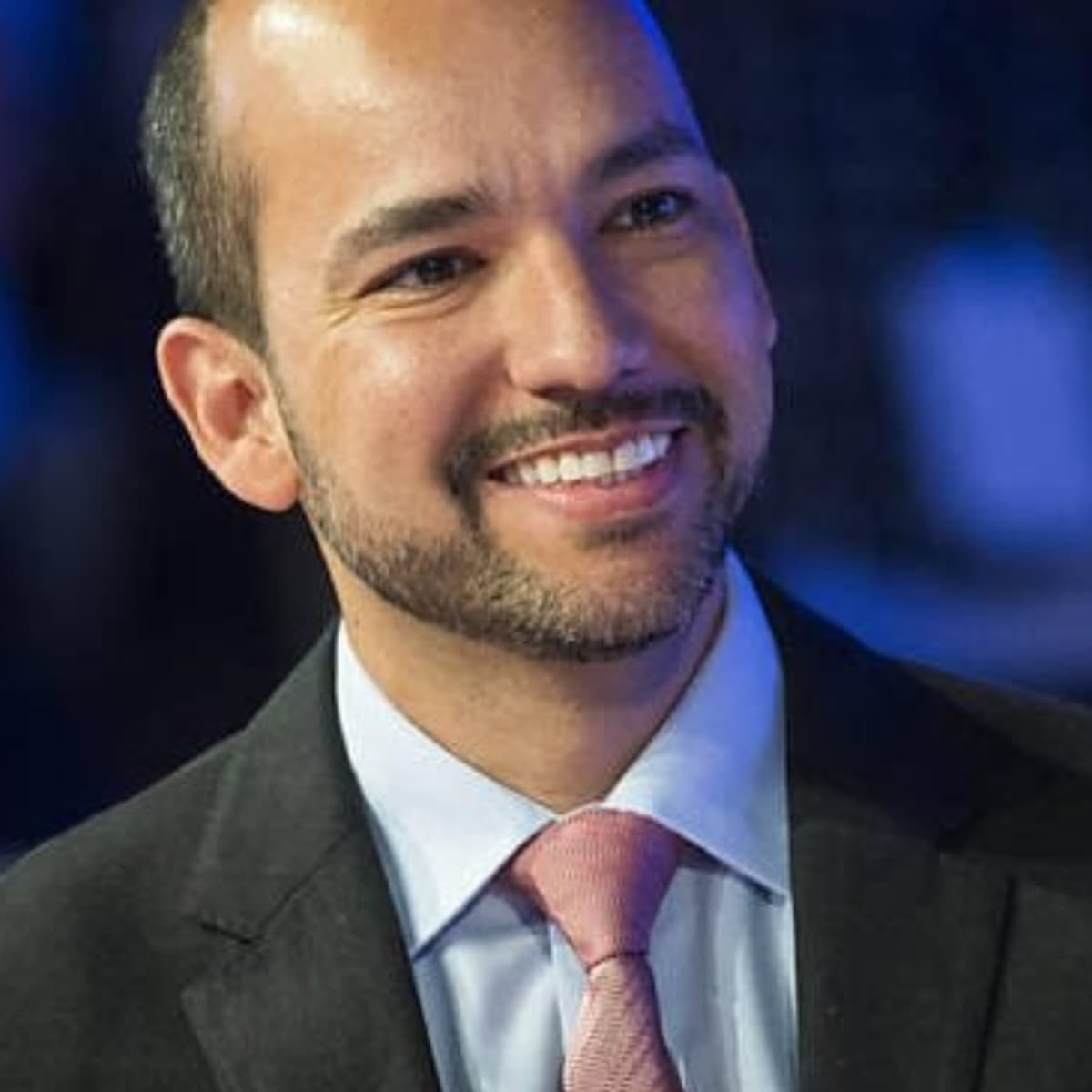
The Price of Relief: Exploring Solutions to the Rising Costs of Oncology Drugs
In 2020, The National Cancer Institute estimated about 1.8 million new cases of cancer diagnosed in the United States, while the costs associated with treatment therapies continued to escalate. Given the current legislative climate on drug pricing, it’s never been more important to look at the evolution of drug pricing globally and control concerns of sustainable and affordable treatments in oncology.
With decades of experience developing new drugs to treat cancer and studying health economics and outcomes research, Gilberto De Lima Lopes, M.D., Professor of Clinical Medicine and Associate Director for the Sylvester Comprehensive Cancer Center at the University of Miami, is very familiar with the ups and downs of drug pricing in the market.
Checkpoint Therapeutics, a clinical-stage immunotherapy and targeted oncology company, sat down with Dr. Lopes to get his insights on the evolution of drug pricing and the opportunity to compete through a lower price model.
 Gilberto De Lima Lopes, M.D., Professor of Clinical Medicine &
Gilberto De Lima Lopes, M.D., Professor of Clinical Medicine &Associate Director, Sylvester Comprehensive Cancer Center,
University of Miami.
What are the main factors driving oncology drug pricing today?
Dr. Lopes: The main drivers of drug pricing are innovation – the cost of actually developing drugs – and the power that pharmaceutical companies have to set prices in the U.S. Even oncology drugs that have been in the market for years continue to rise in cost, simply because big pharmaceutical companies often go unchallenged.
Do you believe oncology in the U.S. is or will become a more cost-sensitive market?
Dr. Lopes: We’ve been predicting a cost-sensitive market for at least 10 years, but it really hasn’t happened yet. It’s still a market with among the highest prices around the world. When we really look at the price of medications overall, they tend to be between 10% and 15% of healthcare expenditures.
How do you see drug pricing evolving in global communities that are struggling to access health treatments?
Dr. Lopes: Even in high-income countries, we see a number of different strategies to control drug prices, which include regulations, the use of reference pricing and health technology assessments to see if a new drug should be included or not. For instance, in the UK, The National Institute for Health and Care Excellence (NICE) and the pharma industry reach agreements on cost-effective prices, with regulators deciding what is appropriate for the country. So, for low-income countries, they just don’t have the ability to pay for the drugs. And even in large, middle-income countries – take Brazil for example, you don’t see any use of immunotherapy due to expensive pricing for what the market can pay and the public healthcare system can bear.
Given the current U.S. reimbursement environment, what strategies might we see companies following to offer lower prices?
Dr. Lopes: While the U.S. continues to reimburse, especially when we’re talking about non-commercial payors, they continue to follow the drug prices set by the pharmaceutical industry. One strategy new market entrants may adopt is to actually initiate lower prices and compete on those lower prices.
Do you think these strategies could be successful?
Dr. Lopes: Absolutely. Payors would certainly have an interest in being able to bargain the power for drugs that have the same indication and pay for the cheaper one.
How do you think the pricing landscape in oncology will evolve over time?
Dr. Lopes: We will continue to have truly innovative drugs that will command a higher price in the market. The system offers patents to reward innovation, but we need mid-tier competition for those drugs before you lose the patent protection. Of course, you will not be able to use the same drug, but if you are able to develop other agents that will truly compete, that would be useful. Real competition has been hard to come about in the U.S. healthcare system.
Are there any other strategies that could be beneficial when it comes to offering lower price points?
Dr. Lopes: In different healthcare systems around the world, we see certain drugs not being offered or not being reimbursed, unless there’s a response or some sort of clinical benefit that can be measured among patients. In the U.S., we don’t see that happening at all.
Outcome-based pricing strategies are a way for the pharmaceutical industry in the U.S to show that they’re trying to help increase access. However, in a reimbursement setting where big pharma has the final say on costs, as long as there’s an indication and there’s clinical evidence of benefits, those strategies will not really make a big change.
Do you think outcome-based pricing can work in the U.S. or in any global market?
Dr. Lopes: With outcome-based pricing, the benefit is in the eye of the beholder. The biggest issue with outcome-based pricing is getting the payor and pharma to agree on what the benefits would be, which is usually subject to negotiation. Another hurdle is the need to create an infrastructure that can measure whether outcome-based pricing is helping or not. In the end, you have both the concept issue to see what’s going to be considered an adequate outcome and the actual practical issues of implementing it.
In a perfect world, if everyone came to agreement on what a good response means, would outcome-based pricing be a successful model?
Dr: Lopes: I think it would. Outcome-based pricing is a very important model for us moving forward. It’s not just competition with fast followers, but outcome-based pricing would be important to implement as much as we can.
With indications of the strategy working, it becomes cheaper to do. Especially outside of the U.S. and Western Europe, it becomes cheaper to conduct clinical trials, and show that you have similar efficacy. However, the strategy does have a caveat for adoption by comparing older standards of care and not the current standard of care.
But as long as you see results similar to those in the current standard of care, and that new drugs have the same efficacy, you would have healthcare systems – especially payors – increasing interest in the lower cost options.
Disclaimer: Gilberto De Lima Lopes, M.D., received compensation from Checkpoint Therapeutics for his time to participate in this interview. However, the views and opinions expressed in this article are his and do not necessarily reflect the official position of Checkpoint Therapeutics.